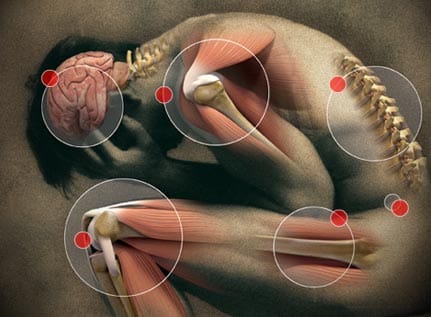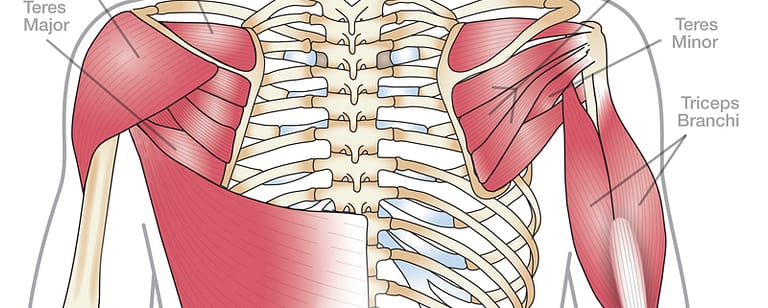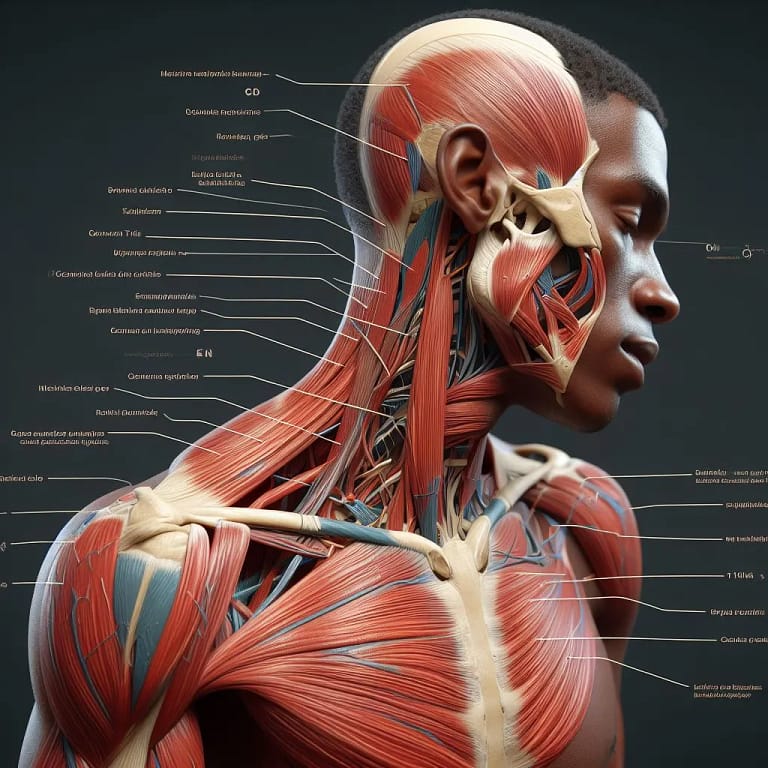Is Adding Weight to the Bar Necessary? Progressive overload without progressing weight
I don’t know about you but I’ve always thought that increasing weight on the bar is the most important component in weight lifting in terms of building muscle and increasing strength. It’s a great indicator of strength improvement and it has been the basis of my entire fitness philosophy for maybe 20 years.
But a 2022 study made me question if it is absolutely necessary to push heavy weights all the time to improve muscle size and strength. This study compared training with progressive loads versus steady state loads for 8 weeks.
The study found both protocols to be equal in terms of effectiveness with some statistical significance showing that the group that kept the weight the same over the 8 weeks to have some more advantages.
This blew my mind. How the hell are you supposed to build muscle without increasing the weight on the bar? I decided to give a consistent approach a shot. I decided not to increase the weight of my lifts for 8 weeks. Would I lose strength and size? Or is adding weight to the bar always necessary for increasing muscle size?
Let’s talk about what progressive overload is and why it is important to muscle growth and how there are different forms of progressive overload and why adding weight to the bar is not the only way to build muscle.
Progressive Overload
First of all, what are we talking about when referring to progressive overload?
The idea is simple: to stimulate muscle growth (hypertrophy) and strength, the muscles must be challenged beyond their current capacity.
Progressive overload refers to the gradual increase in stress placed upon the muscle when resistance training. You can progressively overload your muscles through a few methods.
Muscles adapt to the demand placed upon them. You must give your body a reason to grow. By progressively increasing the challenge, you are signaling to your body that it needs to adapt and grow.
So that means progressive overload can take many forms other than simply adding weight to the bar. Progressive overload can include but is not limited to: increasing resistance, adding volume or increasing the number of sets you perform, increasing the reps per per set, and you can also decrease the amount you rest between sets.
Progressive overload can include but is not limited to:
- Increasing weight
- Increasing volume or adding sets to your workout
- Adding repetitions per set
- Decreasing rest periods between sets
Studies consistently support this principle. Increasing volume has been directly correlated to improving muscle size and may be one of the most important aspects of muscle hypertrophy.
Some training programs incorporate variations in technique, tempo, or even exercise selection rather than strictly increasing weight. While these methods can contribute to overload in different ways, the underlying concept remains the same. To continually demand more of the muscles.
Without progressive overload, strength plateaus and muscle growth slow significantly. But one study showed that increasing the resistance may not be as effective as consistency.
The Study that Changed My Philosophy
New research is suggesting that muscle growth can be achieved without strict progressive overload of increasing resistances.
One study compared two styles of resistance training over an 8 week period:
- increasing weight while keeping reps the same
- Increasing reps while keeping weight the same
38 participants, all with at least 1 year of lifting experience, were split into two groups. Each group performed 4 sets of 4 lower body exercises (back squat, leg extension and two calf raise variations) twice per week.
The researchers equated total calories, protein, carbs and fats and even split up half of the macronutrients before and after training.
The results were mostly what you would expect. The statistical differences between groups were minimal with the group increasing load showing a slight advantage in strength and the group increasing reps saw statistically significantly more muscle growth especially of the rectus femoris.
These results were consistent with other research that showed similar results in hypertrophy amid a wide variety of repetition ranges. This suggests that muscle hypertrophy can be achieved in a lot of different ways, and increasing weight on the bar should not be your only focus if your goal is to build muscle.
Why Adding Weight to the Bar MIGHT Not Be Essential
This study convinced me to focus more on volume and consistency of training, rather than using my daily strength as a measuring stick for progress. I focused more on increasing volume rather than constantly pushing heavier weights.
Here’s what I found:
- It was easy to see that I was still making strength gains
- My joints felt better from not pushing heavy weights all the time
- This allowed me to accumulate more volume per week
- I naturally cut down on my rest time between sets
Each week the weights felt easier and easier. But instead of doing what I would always do, which is to add weight to the bar and see how high I could go, I kept the weight the same and focused more on the rep tempo. I started to really feel the muscles stretching during the eccentric phase. My mind muscle connection was improving and it really FELT like I was getting more from these workouts while in the past I would bump up the weight and not feel as pumped the next day. If anything, I would only have more joint pain.
I found myself looking forward to each workout. Was I more rested? I don’t know. But I found myself adding sets with little to no extra effort. On top of that, my workouts were getting shorter because I was naturally decreasing my rest time. I was “ready to go” sooner.
At the end of the 8 weeks (I’ll admit I only made it 6 weeks) I had developed some considerable strength and muscle. I bumped the weight up on some of the sets and the strength increases were there! They were always there, this just confirmed what I was starting to believe. You can keep weights consistent and still make progress. In fact, pushing the weight too heavy too often may only be beneficial in some rare cases.
You don’t always have to push heavy weights to make progress. Keep in mind, progressive overload can take many forms:
- Training Variation
- Changing exercises, time under tension or even rep schemes can stress muscles in new ways without increasing weight. This can provide enough stimulation especially for intermediate to advanced lifters who may respond well to diverse training strategies
- Training Volume
- Studies have shown that training close to failure with moderate loads can be just as effective as heavier loaded sets. As long as the muscles are being pushed close to their limits, growth can occur, even without systematic increases in weight
- Newbie Gains
- Beginners can often build muscle simply by starting a consistent training program. In the early stages, almost any resistance training provides enough new stimulus to promote muscle growth, even in the absence of planned overload.
- Recovery and Consistency
- Sustainable training that prioritizes adequate recovery, proper nutrition and consistency can lead to gains over time, even if the progression is not linear or aggressive.
Conclusion
Progressive overload is often hailed as essential for muscle growth and when people hear progressive overload, they think “more weight on the bar”. But constantly adding weight to your lifts is not necessary in every case. While it’s a highly effective method, research suggests that hypertrophy can be attained through a wide variety of rep ranges.
Muscle hypertrophy occurs when muscle fibers experience mechanical tension and metabolic stress. While adding weight to the bar can affect these stimuli, it’s not the only way to force the muscle to adapt. Other factors such as training volume, time under tension and exercise variation can also promote muscle growth.
In the past, I think I focused too heavily (pun intended) on lifting greater resistances too often, Since switching to a focus on consistent weekly volume of moderate loads (60-80 percent of my one rep max) I have noticed that it has been easier to stay consistent, and I have noticed less joint pain.
I completely expected to lose overall strength since deemphasizing heavier weights, HOWEVER, my strength has increased in all major compound lifts including squat and deadlift and bench press!
The bottom line is that if you want a muscle to grow, you should focus on performing 10-15 sets per week for around 8-12 repetitions. If your goal is purely strength, you still want to accumulate sets, however you may want to lower your rep range to 3-5 so that there will be less hypertrophy and more neural adaptations (especially good for those trying to maintain body mass to stay in a weight class).
For casual players, both styles will build muscle and strength, so don’t stress over the minutia. Progressive overload takes on many forms and as long as you are including adequate volume, varying your rep ranges, controlling your rep tempo and eating adequate calories and protein, you will build muscle over time!
References:
- Carvalho L, Junior RM, Barreira J, Schoenfeld BJ, Orazem J, Barroso R. Muscle hypertrophy and strength gains after resistance training with different volume-matched loads: a systematic review and meta-analysis. Appl Physiol Nutr Metab. 2022 Apr;47(4):357-368.
- Plotkin D, Coleman M, Van Every D, Maldonado J, Oberlin D, Israetel M, Feather J, Alto A, Vigotsky AD, Schoenfeld BJ. Progressive overload without progressing load? The effects of load or repetition progression on muscular adaptations. PeerJ. 2022 Sep 30;10:e14142.






